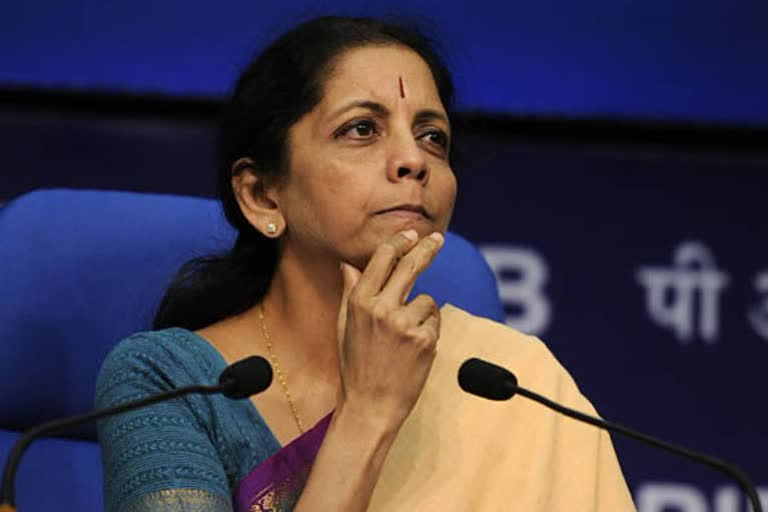Hyderabad: Any discussion on the present state of Indian economy and way forward revolves around Covid-19 pandemic which apparently not only has a health contagion effect but a global economic crisis as well.
Although such analysis concentrates mainly on economic stimulus package announced by the central government in several installments since March, 2020, the real flavor of this can only be found if one brings the immediate pre Covid-19 economic situation in India.
Indian economy nosedived in terms of growth of real GDP at market prices from 7 per cent in 2017-18 to 5 per cent in 2019-20 (Advance estimate). Most importantly manufacturing sector’s growth fell from 6.6 per cent to 0.9 per cent in the same period.
Along with that food prices had a steep rise for the better part of 2019-20 while India’s non-oil imports had a significant fall of 9.5 per cent on account of economic slowdown. Bank credit growth declined by more than 7 per cent in 2019-20 compared to the previous year’s growth as well as investment growth declined in 2019-20. Indians saved around 34 per cent of their income in 2011-12 which declined to around 30 per cent in 2017-18.
So even before Covid-19 hit India in March 2020, Indian economy was showing great stress in the last financial year. The major manufacturing industries like automobile, durable consumer goods and engineering goods showed rapid decline in growth along with construction.
One must note that growth of services sector depends a great deal on the growth of manufacturing and construction sector too. The main reason advanced by the industries (large and small alike since in the present days of value chain, they are linked) was lack of demand.
Consumers were not buying, so with unsold stocks industry was unwilling to borrow and invest. These two are major source of domestic demand. Exports also showed rapid decline since the US-China trade war along with Brexit uncertainty in UK and Europe created decline in global demand. So even before Covid-19 raised its ugly head, the government announced sometime in January 2020 major cuts in corporation tax worth Rs 1.45 lakh crores, Rs 50,000 duty refund scheme for exporters along with sops for telecom and housing sectors.
So, the problem of dearth of demand for the domestic sector, especially manufacturing and construction, was already having its toll on Indian economy even before Covid-19 started impacting the society and economy in India.
The government tried to boost demand through tax cuts and subsidy, a typical Keynesian type prescription. Why was there such a decline? One major reason for this is certainly the rising inequality, especially in the expanding urban sector in India.
This rising inequality put more money in the hands of those who did not spend but used it for non-productive investment like gold or land or other dubious tax avoiding deposits abroad. Along with that, the falling demand had a cumulative negative effect on employment (especially the MSME sector which provides 40 per cent of total employment), leading to uncertainty among a large section of casual and contract workers.
This uncertainty prevented households to spend freely even if they earned since they had saved thinking about future days. Along with that the uncertain global demand provided the last straw to this depressing scenario.
So what the lockdown and stoppage of production activity due to Covid-19 did was to overturn any signal the economy was showing of a mild recovery since February 2020. The lockdown created the space needed for the public health system to gear up for coping up with the disease as well as preventing a catastrophic spread of the virus among the population.
